Franz Liszt in Rome
The series about historical places of opera art & culture. Get to know exciting excursion and travel ideas for opera lovers. This time: Franz Liszt in Rome.
All Destinations on google maps with links to detailed Blogposts:
Franz Liszt in Rome
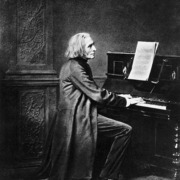
When Liszt arrived in Rome in 1861, he was in a poor moral condition. Various strokes of fate had hit him. First of all, he had to digest the early deaths of two of his children (Daniel in 1859, Blandine in 1862); moreover, he had fled Weimar to escape the conservative audience whose theater he directed for 13 years and who never warmed to him. In addition, his third child Cosima worried him; she was living with Richard Wagner and cheating on her husband Hans von Bülow, once Liszt’s favorite pupil.
Liszt wanted to marry Carolyne von Sayn Wittgenstein in Rome, with whom he had been living for 13 years. For a long time they had been trying to get Carolyne’s previous marriage annulled, but their request was always rejected in Rome, now the two tried to get a divorce from the Pope personally. When they got his green light, they organized the festivities, but on the eve of the wedding, the Pope withdrew his consent. Carolynes family feared for the family fortune and they managed to prevent the wedding with a final intrigue. Secretly, Liszt was glad, for he and Carolyne had grown apart over the past two years. Carolyne had arrived in Rome two years earlier and had become a brooding, sanctimonious woman there. She produced falsifying reports and tried to influence Liszt in a opinionated manner.
Liszt subsequently broke away from Carolyne and turned to faith. He began to write church music and prepared for the lower ordinations. In 1865 he moved into a comfortable apartment in the Santa Francesca Romana monastery and henceforth called himself “Abbé Liszt”. He began to reactivate his connections with Budapest and Weimar and from 1870 divided his life between the three places of Rome (composing), Budapest (supporting the conservatory) and Weimar (teaching), Liszt called it “ma vie trifurquée”. His compositions changed their style and he developed forward-looking compositions with his age works, such as the “Nuages gris” and the “Lugubre Gondola”. In 1881 Liszt fell down a flight of stairs and was confined to bed for eight weeks. In one fell swoop Liszt became a frail old man and from then on could no longer play the piano. His alcoholism had long since taken its toll on him, and now he drank even more absinthe to drive away his gloomy thoughts. Wagner’s death in 1883 shook him; a short time before, a visit to Venice had not ended very pleasantly. At Cosima’s request, he visited her during the 1886 Bayreuth Festival, where he died alone in a hotel.
Destination Forum Romanum
In 1865 Liszt went to live in a comfortable apartment in the monastery of Santa Francesca Romana. This monastery is located in the Roman Forum in the corner of the Colosseum, next to the church of the same name and the temple of Venus and Rome. Today this building houses the administration of the Forum.
Santa Francesca Romana:
Destination Madonna del Rosario
At this retreat Liszt worked, among other things, on his Christus Oratorium. The influential Pius IX visited him here and Liszt played for him. The pope, for his part, is said to have sung from Bellini’s “Norma”. This encounter developed into a longer-lasting relationship and Liszt visited Pius IX several times at Castel Gandolfo.
The church is behind the Vatican and somewhat more difficult to reach by public transportation. The church exterior with its double staircase is very impressive, but the church is only open on Sundays. Franz Liszt stayed in the monastery for five years starting in 1863, which is noted on a plaque on the perimeter wall below the church entrance.
Madonna del Rosario :
Destination Caffè Greco
This caffè dates back to 1760 and still retains its historic charm. It includes long corridors and rooms where hundreds of works of art hang. It was a famous artists’ café and the list of guests reads like a who’s who of 19th century artists. Liszt was here often and is said to have met with Richard Wagner here.
Caffè Greco:
Destination Villa d’Este in Tivoli:
Franz Liszt was well connected in the ecclesiastical circles and he got to know Cardinal Gustav Adolf Cardinal Hohenlohe. The latter had campaigned for the restoration of the Villa d’Este, a magnificent palace with famous Renaissance gardens and fountains. The latter were irrigated by elaborately diverted waters. Liszt visited the cardinal several times at the Villa d’Este and lived there from 1869. Among other works, the famous “Les jeux d’eau à la Villa d’Este” from the “Années de pèlerinage” was composed there. The Villa d’Este is located about 30 kilometers outside of Rome and is also the site of another world-famous attraction, the Villa Adriana.
Fountain of the Villa d’Este:
Gardens of the Villa d’Este:
Musical background: «Les jeux d’eau à la Villa d’Este» from the Années de pèlerinage
With the compositions of his late years Liszt wrote some forward-looking ones. The composition of the piece ” Les jeux d’eau à la Villa d’Este” already refers to impressionism. It was also in Rome that Liszt met the young Debussy. Liszt occasionally visited the Villa Medici, where the Rome Prize winners’ residence was located. He met Debussy there in 1886. Debussy later expressed himself explicitly positive about Liszt’s virtuoso compositions.
In the composition for the fountains, however, not only impressionistic sparkling water sounds can be heard, but also fortissimo passages. When visiting the fountains in Tivoli, one understands why, for thunderous, water-spouting fountains await the visitor.

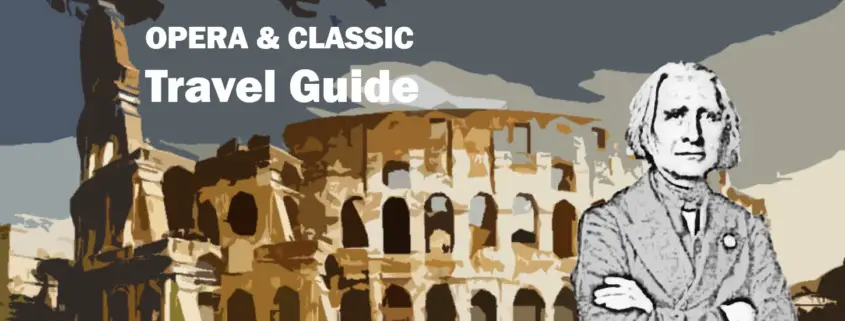
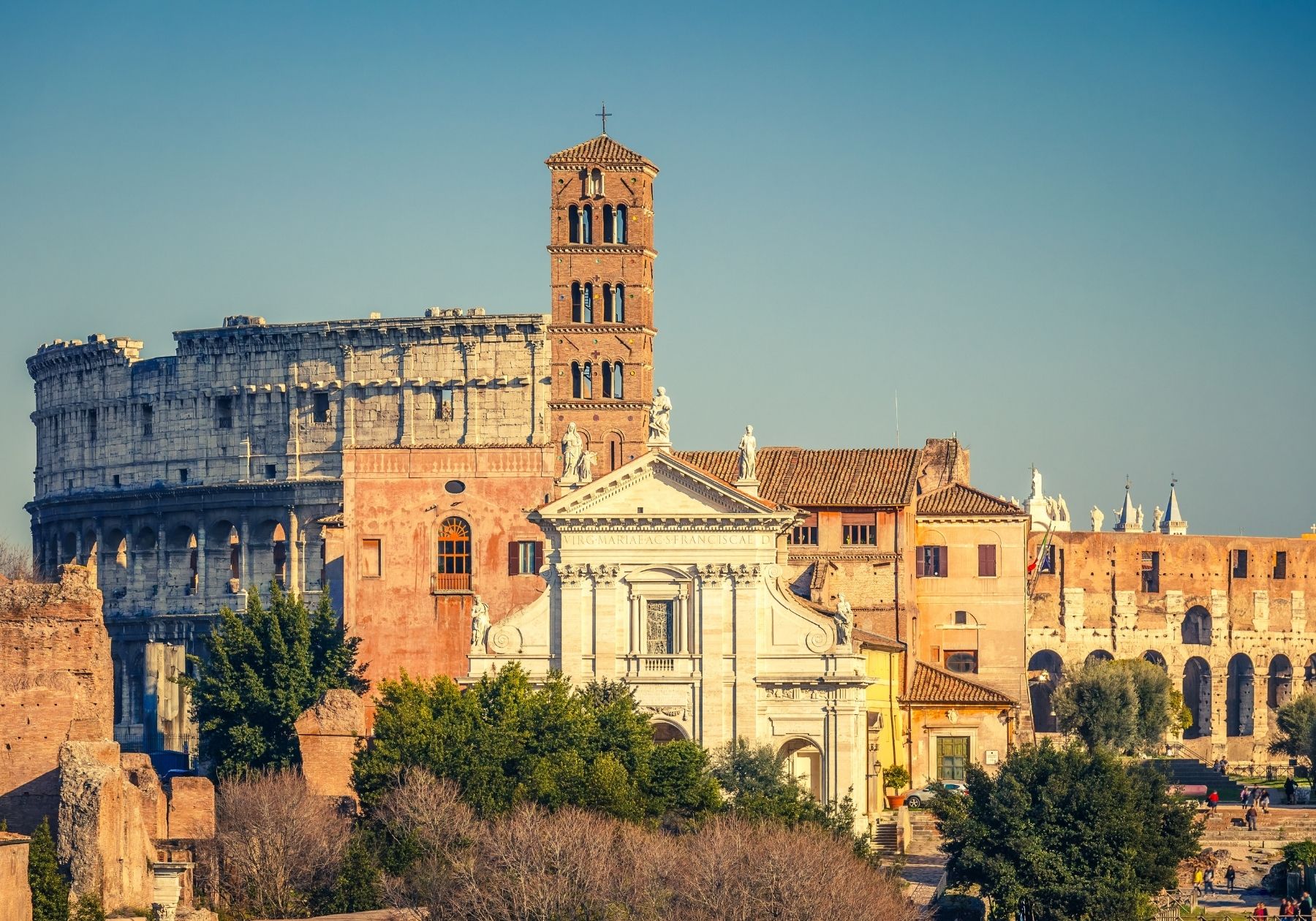
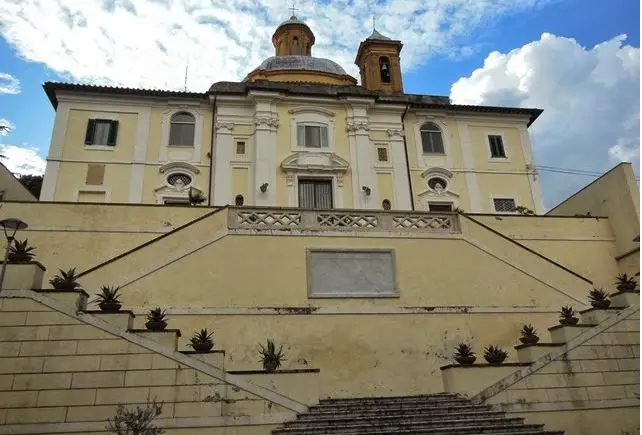
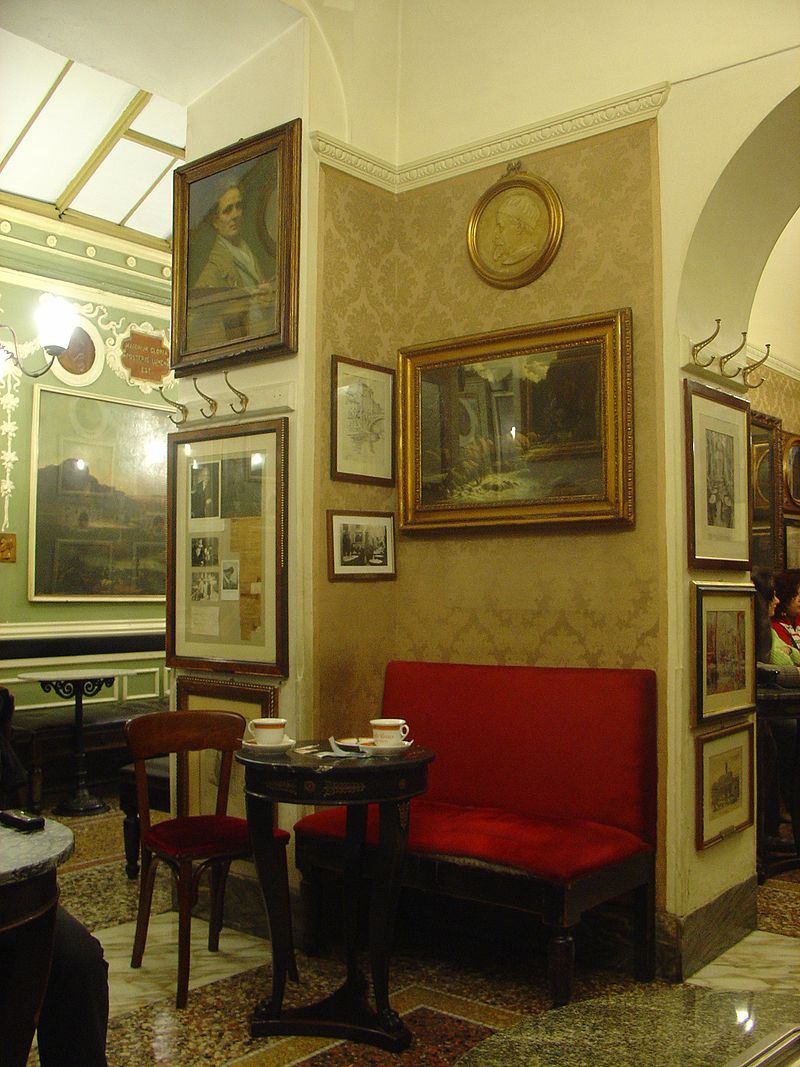
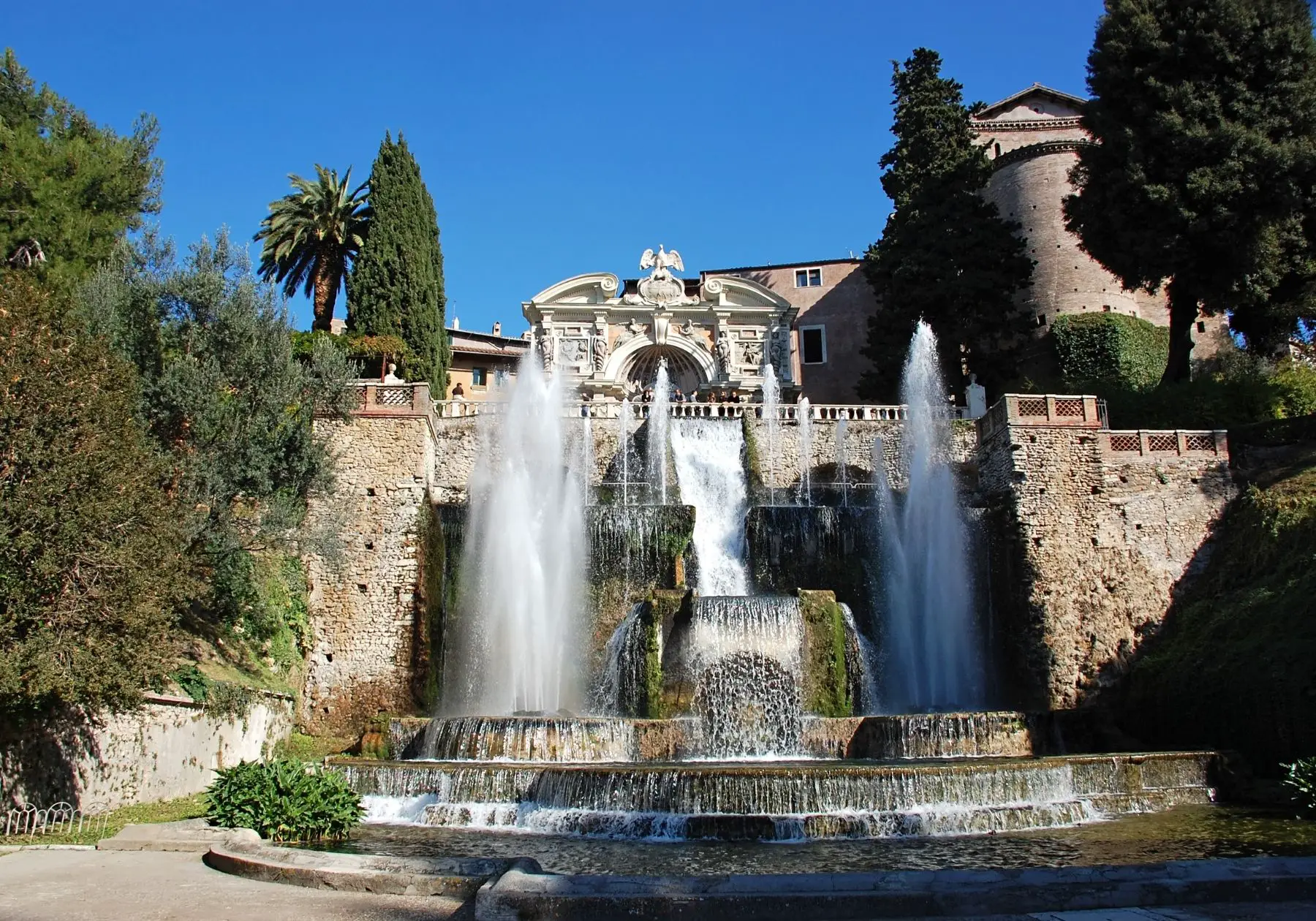
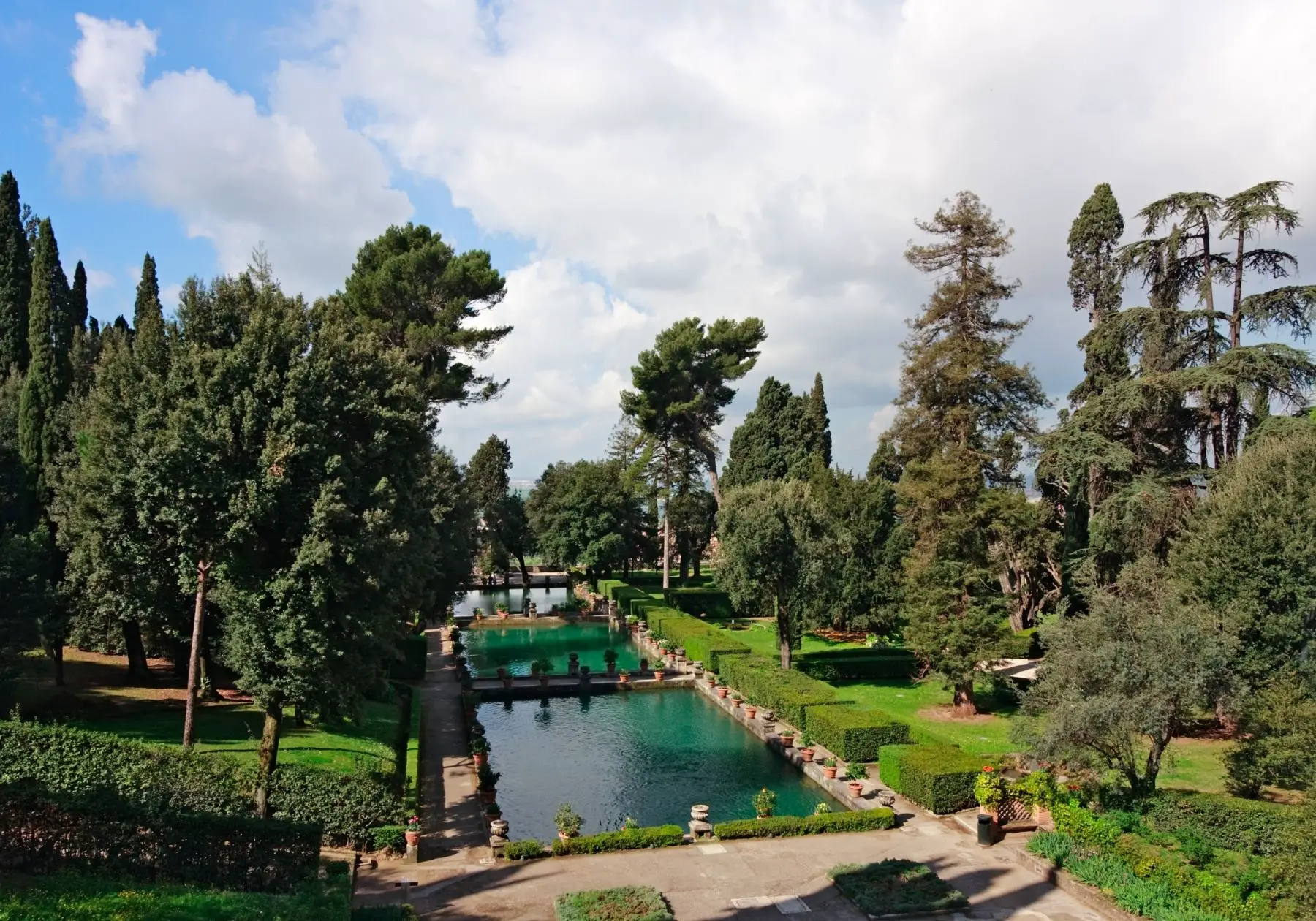


Leave a Reply
Want to join the discussion?Feel free to contribute!